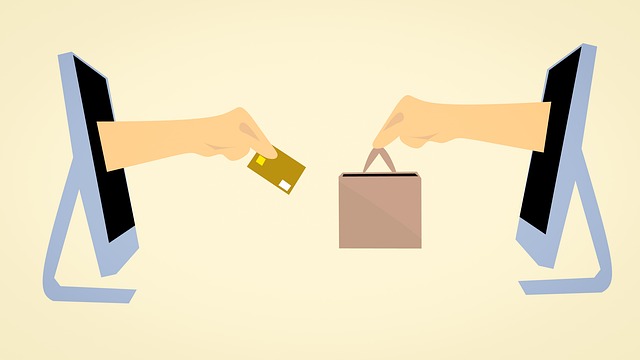9 Customer Influencing Buying Behaviour Triggers

All our decisions that we make always have emotions involved whether we are conscious of it or not. Learning how to understand how these emotions are triggered can help when it comes to creating effective and relevant marketing content for your brand that encourage people to take action.It’s ideal to be able to identify the triggers and how they are best utilized to achieve the results you want.
We will walk you through nine of the more popular triggers that usually accompany marketing campaigns.
Trigger #1:Fear

Fear is a powerful emotion no matter which angle you look at it from. This is the kind of emotion that can produce reactions from us without us even realizing and tends to overpower entire logical thought processes. It’s a strong emotion, there’s no doubt. What makes it so useful as a trigger is that it can be taken advantage of and emphasized on. Marketers can play on this emotion to encourage purchases as the action taken against the emotion. However, this needs to be used with caution and done in an ethical way because if it’s not used effectively and with the right intention, your brand can pay the price.
Trigger #2: Time

Time is something that makes us feel a lot of different things and really depends on what situation you are in. We live in a time where everyone is always busy and no one really has time to set aside for something more than they already have on their plate. Where this trigger becomes useful is when potential clients are offered the promise of saving time or gaining time. Appealing to this particular trigger can involve offering to save a person time and unless you can keep your end of the promise, it should be exercised with caution in your marketing efforts.
Trigger #3: Trust

This is the one emotion you want to make people experience when it comes to your brand and the relationship they will have with it. Trust is all about gaining your customer’s loyalty because if you can win a person’s trust you are more likely to earn their purchase. This is something that you need to remain transparent on and practice genuinely because marketing done any other way becomes easy to see through and you will do the opposite of earning trust. To be able to use this as a trigger, you need to simply mean what you say and do what you say you will. Never over promise or promise things you are unsure of being able to deliver on. Be specific about what you can do and share what others say about your service or promises you are able to deliver on.
Trigger #4: Value

One of the most important things people want to feel with whatever amount of money they spend is that they are getting value. Buying decisions come down to the value someone sees that this item or service can bring them. This applies to any purchase whether it’s about someone buying something for personal use or an item or service they need.
Why this is a trigger is because your role is to help the customers understand the perceived benefit they are going to gain from this transaction. The better you make people feel they are getting a great deal, the easier it is to show you are providing value in return for their money.
Trigger #5: Belonging

It’s really important for us as humans to feel like we belong in a lot of ways. Feeling like we belong allows us to feel a sense of validation. This feeling of belonging means that people can make decisions to buy things based on feeling validated and a sense of belonging. People can also feel accepted or purchase the item or service because it is part of the process of feeling part of something bigger than us like a gym for example (to make friends). This trigger is an important one when it comes to how people feel about themselves and has an effect on people’s intellectual levels, social skills and even our mental and physical health.
Trigger #6: Guilt

Everyone feels guilty at some point and some people tend to feel more guilty than others. This trigger can and often is used in conjunction with other triggers like time and fear. Guilt comes in many forms and as such can be used in marketing efforts in a lot of ways. This is why when guilt is used in marketing content you need to exercise it with caution. Pay attention to how you phrase your messages because the last thing you want to do is offend your potential audience.
Trigger #7: Instant Gratification

Who doesn’t like not having to wait for something? In today’s age, instant gratification has almost become the norm and waiting is something out of the ordinary. Being able to use this as a point of value for your product/service can go a long way to how people receive your marketing material. Work around how you can offer your clients instant solutions when it comes to using this trigger to your advantage.
Trigger #8: Leadership

You need to appear as a leader in whatever field you are in. This is because people listen to leaders or those who they perceive to be leaders. If your marketing positions you as a proven leader in what you are selling, people will trust that and have faith in your promise of delivering what you said you would. Work on ways to be a trendsetter in your field and go above and beyond for your clients. Do whatever you said you will do, but better.
Trigger #9: Competition

Healthy competition is great because it can be the push we need to do better in what we are trying to do. In today’s world, competition is fiercer than ever which means that you need to be able to do what you say you will do. There is also a lot of choice in today’s world and you need to understand you are going to come into a lot of competition when it comes to sending a message to your clients. Use the competition to your advantage though to improve on what you are doing and concentrate on being the best you can be among your competitors by keeping your client’s needs the central focus.
